Just start scrolling…
Part One: Colonial America – Heady Days for Brewers
Starting your own country must be thirsty work. Colonists drank an average of 3 times more alcohol than their modern counterparts – 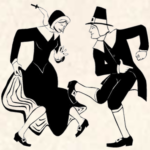 equaling a whopping six gallons of pure alcohol a year! In fact one of the key reasons the Pilgrims chose to start their colony at Plymouth (rather than the nearby and much more accommodating harbor that became Boston) was the fact that they were low on beer. Lead Pilgrim William Bradford’s journal reads, “We could not now take the time for further search or consideration, our victuals being much spent, especially our beer…“
equaling a whopping six gallons of pure alcohol a year! In fact one of the key reasons the Pilgrims chose to start their colony at Plymouth (rather than the nearby and much more accommodating harbor that became Boston) was the fact that they were low on beer. Lead Pilgrim William Bradford’s journal reads, “We could not now take the time for further search or consideration, our victuals being much spent, especially our beer…“
 Why Such Lushes?
Why Such Lushes?
Water in the old country often made people deathly ill. So, folks back there drank ale and other alcoholic beverages whenever they could.
• Babies included
• Morning through night
• Even on the job
Despite America’s endless supply of clean water colonists kept this habit. It was made worse by their penchant for toasting the health of everyone and everything all night long. The King, the Queen, the Mayor, the barkeep, his dog, that guy who just came in…
Stockade, church or brewery?
Almost every ship-load of colonists had a brewer on-board. One of the first buildings in every settlement was typically a brew house. In fact, once off the boat the first question was usually what to build first? Stockade, Church, or Brewery.
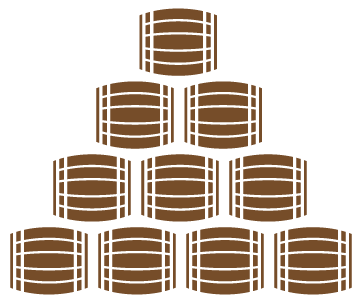
Beer Our Secret Weapon
Our Secret Weapon
Colonies created militias for defense. But training sucked, so most members couldn’t be bothered to show up. That changed when someone (probably a crafty-brewer) suggested offering free ale. Drill day suddenly became a not-to-be missed social event.
‘Nuff said about Colonial America.
Part Two: The 1800’s. Beer’s Biggest Moments.
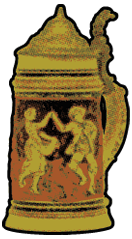 In Colonial times, no one knows how many breweries there were. Almost every home had a brew room, and no one was counting (or perhaps could count). But by 1873 – 100 or so years later – America boasted 4,131 breweries. Thanks to the coming temperance movement, this high wouldn’t be beat until the craft beer revival pushed it over 4,300 in 2015 and to over 10,000 today (Source: BA).
In Colonial times, no one knows how many breweries there were. Almost every home had a brew room, and no one was counting (or perhaps could count). But by 1873 – 100 or so years later – America boasted 4,131 breweries. Thanks to the coming temperance movement, this high wouldn’t be beat until the craft beer revival pushed it over 4,300 in 2015 and to over 10,000 today (Source: BA).
Lust for Lager
Lots of Germans came to this country in the early days – fleeing one mess or another. With them came lager – a style that grew rapidly in popularity in the decades before the Civil War.
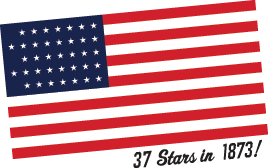 German immigrants opened hundreds of new breweries mainly in cities with heavy German populations. Like beer-soaked St. Louis.
German immigrants opened hundreds of new breweries mainly in cities with heavy German populations. Like beer-soaked St. Louis.

The Civil War nurtured this new “lager” style. Since 10% of soldiers were German, it was spread – like other things – through the ranks. And soldiers brought their new beer preference home with them. And let’s face it, during the war, everybody needed a beer.
Honest Abe Sets a Bad Precedent
Clearly in need of cash to fund the war, Lincoln’s administration passes the first beer excise tax in 1862. $1 for every barrel sold.
By 1919 the tax was up to $6 a barrel and the government collected over $117 million.
(Source: AllAboutBeer.com)
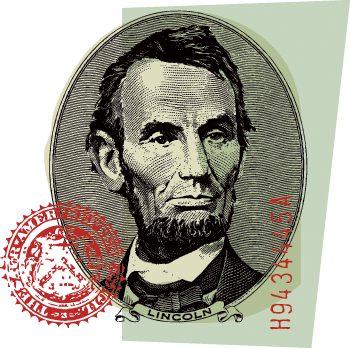
“It was as natural as eating and to me as necessary, and I would not have thought of eating a meal without drinking beer.” — Ernest Hemingway
Part Three: The Roaring 20s. The Government Gets Dumber
 Some people – mainly members of the Temperance Movement – decided that some folks were just drinking too damn much. This coupled with a bit of anti-German sentiment leftover from WW1 resulted in a decline in the number of breweries. By the time the 21st Amendment was passed in 1919 (that’s Prohibition to you and me) there were less than a 1,000 left in the country.
Some people – mainly members of the Temperance Movement – decided that some folks were just drinking too damn much. This coupled with a bit of anti-German sentiment leftover from WW1 resulted in a decline in the number of breweries. By the time the 21st Amendment was passed in 1919 (that’s Prohibition to you and me) there were less than a 1,000 left in the country.
Surviving Prohibition or “So, You Think You’re Creative?”
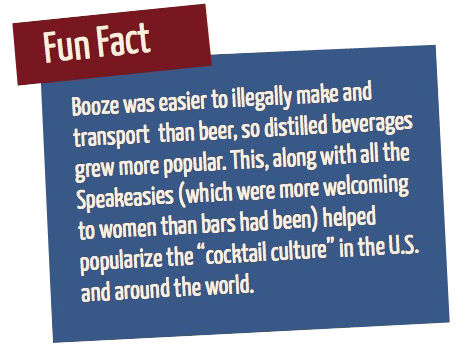 Check out some of the ways your earlier brewer-brethren tried to keep the doors open.
Check out some of the ways your earlier brewer-brethren tried to keep the doors open.
Anheuser-Busch and Yuengling made other stuff. Ice cream in fact. You 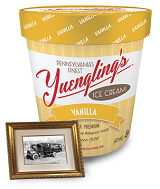 can still buy Yuengling ice cream on their website. F. M. Schaefer Brewing Company and a bunch of other brewers made dyes. Some dye companies went the other way, using their equipment to make illegal alcoholic beverages.
can still buy Yuengling ice cream on their website. F. M. Schaefer Brewing Company and a bunch of other brewers made dyes. Some dye companies went the other way, using their equipment to make illegal alcoholic beverages.
Other breweries got even craftier (no pun intended). Schlitz, Miller, and Pabst started selling malt extract, advertising it as a health tonic or cooking product. But we know better. All that extract went to the burgeoning and illegal home brew industry.

F.D.R. (and common sense) Prevails – But Too Late for Craft
On March 22, 1933, President Roosevelt legalized 3.2% alcohol beer, and beer flowed again. In fact, there was quite a party. But too late for America’s craft brewing industry. Only the big guys were left standing. Prohibition had killed a culture, and per capita beer consumption didn’t reach pre-Prohibition levels until 1970.
The Silver Lining: Renewed interest in regulating and taxing the alcohol industry gave rise to the 3-tier distribution system we still know and love today.

Part Four: WWII and Whizzing on the Axis
 Beer is a staple in most cultures, but never more so than in war time. The Celts, for instance, often drank beer before battling the Romans, then fought naked. That didn’t work out.
Beer is a staple in most cultures, but never more so than in war time. The Celts, for instance, often drank beer before battling the Romans, then fought naked. That didn’t work out.
But in WWII the U.S. government still wanted our boys to have their beer, ordering that 15% of production from the country’s 800-some breweries be saved for the troops. But we did learn something from the Celts. Our boys almost always wore clothes (or at least pants).
And we won too.


Part Five: Today. The Glorious Craft Beer Revolution.
You know this part. For decades craft beer was just a tiny industry “run by purists for a niche clientele of hobbyists and homebrewers.” There were like 8 craft breweries in the country. But in the late 80’s craft started to become a full-fledged phenomenon – and ultimately one of the nation’s fastest growing industries. It’s a truly remarkable American success story. At its forefront? You fine folks. Passionate entrepreneurs in pursuit of both independence and “better beer.”
But now the industry has reached maturity. There are now somewhere around 10,000 craft breweries, thanks to an continual stream of startups. Other beverage styles – like seltzer – steal share. Sales growth has stalled after its runaway highs of a few years ago. Pricing and supply fluctuations make brewing more challenging and the big, dominant players like to make it even harder.
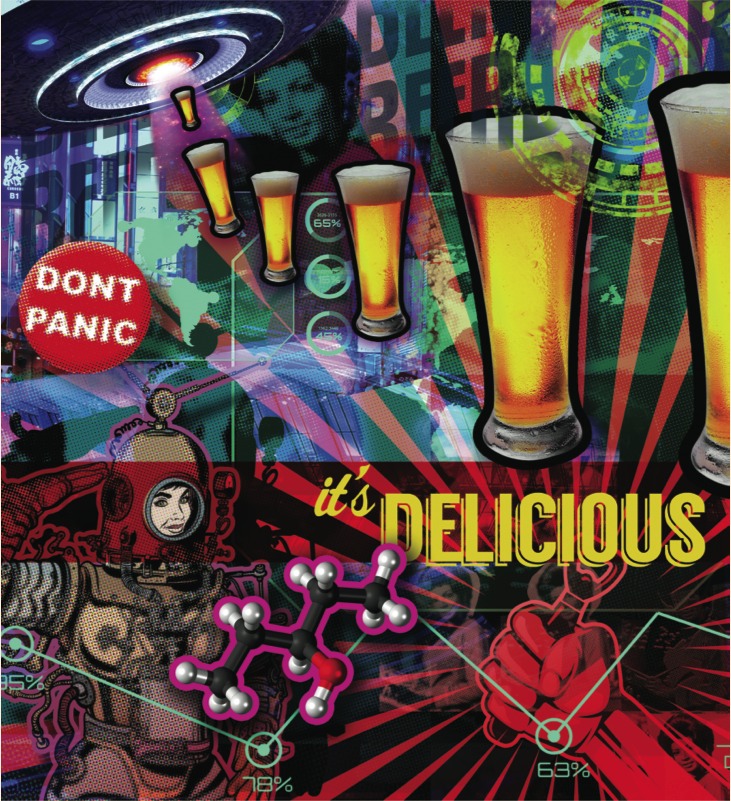
“Beer’s intellectual. What a shame so many idiots drink it.” — Ray Bradbury
Part Six: The Future of Craft Beer
 If there is anything you learn from history it’s that things change. And that applies to every industry. In fact, here’s one scholarly take on how most industries typically evolve:
If there is anything you learn from history it’s that things change. And that applies to every industry. In fact, here’s one scholarly take on how most industries typically evolve:
Stage 1 – Product Innovation: Marked by creativity and the emergence of many competitors (we’ve been there)
Stage 2 – Operational Excellence: Businesses begin focusing on more than just innovation, looking for smarter, more efficient ways to do what they do – a stage often marked by:
• Bigger competitors trying to control market access
• Consolidation – banding together to improve competitiveness
Stage 3 – Shakeout Stage: Smaller, weaker competitors are eventually forced to sell or exit.
Is this what’s in store for craft brew? Who knows?
Part Seven: The Sales Pitch
Or What’s a Co-op Got to Do With It?
 There are 29,000 co-ops operating in the U.S. with over 350,000 members. There’s one or more in almost any industry you can name. That’s because they work. And one of the things they’re best at is helping independent businesses stay strong and independent in the face of consolidation and growing competition. That’s fact. See the Ace and True Value hardware story below for an example.
There are 29,000 co-ops operating in the U.S. with over 350,000 members. There’s one or more in almost any industry you can name. That’s because they work. And one of the things they’re best at is helping independent businesses stay strong and independent in the face of consolidation and growing competition. That’s fact. See the Ace and True Value hardware story below for an example.
Now craft beer has its own member-owned and directed cooperative – the Independent Brewers Alliance (IBA). Our mission? To give members the power of scale typically available to only really big corporations while letting them stay autonomous and in charge of their own futures.
Chief among the benefits we offer member-brewers is savings programs on all kinds of materials and services from leading industry suppliers – cans, packaging, chemicals, kegs, apparel, insurance, office supplies, payroll processing and so much more. Member-brewers only participate in the programs right for them (See our ever growing list of programs). But we also offer members many other benefits beyond that – all designed to keep them strong in an ever-more challenging industry.
A Parable – The Ace and True Value Story

Fifty years ago almost every town had its own local hardware store. Then the “big box” stores like Lowes and The Home Depot gained market share by negotiating larger discounts on volume purchases from suppliers. Lowes and Home Depot drove many smaller, independent stores out of business with one notable exception; stores who had become members of either the Ace Hardware® or the True Value® purchasing cooperatives. Being a member of one of these groups enables smaller stores to buy like much bigger ones. The groups also develop and share all kinds of support programs and “best practice” information – IT, advertising, merchandising, social media, HR and more – making every store smarter. While Ace Hardware and True Value ask members to share a common brand name, most cooperatives do not. Neither will the IBA. You keep your brands. You gain purchasing scale. Your membership is invisible to the public.
Part Eight: What Are You Going to Do About It?
Take Your Chances or Hedge Your Bets?
 You can roll into the future and hope for the best, or you can prepare for the possibility that tougher times are ahead – if not here already.
You can roll into the future and hope for the best, or you can prepare for the possibility that tougher times are ahead – if not here already.
Your choice, but here’s the last thing we want to say before you decide. And this is the part we really want you to pay attention to. Businesses who are part of a cooperative are more likely to survive and thrive vs. their non-co-op competitors. And nowhere are the advantages of a co-op more apparent than in highly competitive and volatile industries. Like craft beer.
Want to learn more? Email Laurie – our Director of Member Recruitment and a former brewer – at laurie@brewersalliance.org.
Unwilling Contributors
Fortune
Daily Mail UK
Wikipedia.com
NorthAmericanBrewers.org
MentalFloss.com
The Times of Their Lives: Life, Love, and Death in Plymouth Colony
Brewers Association
A whole bunch of beverage publications
AllAboutBeer.com
A dude we know who brews good beer

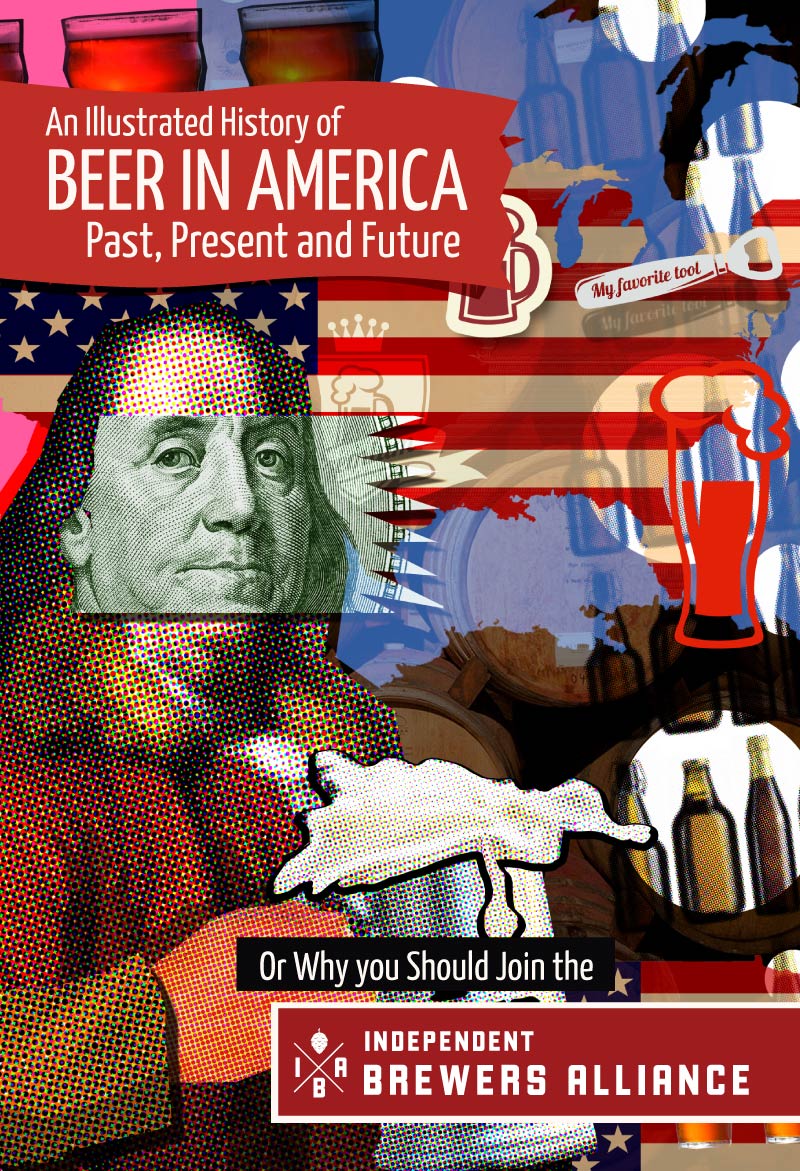
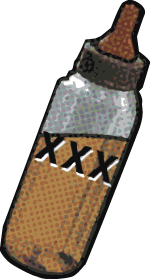 Why Such Lushes?
Why Such Lushes? Our Secret Weapon
Our Secret Weapon
